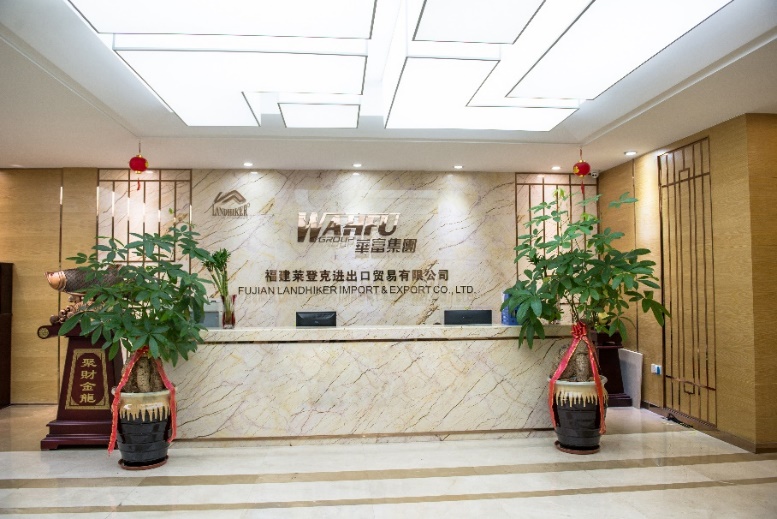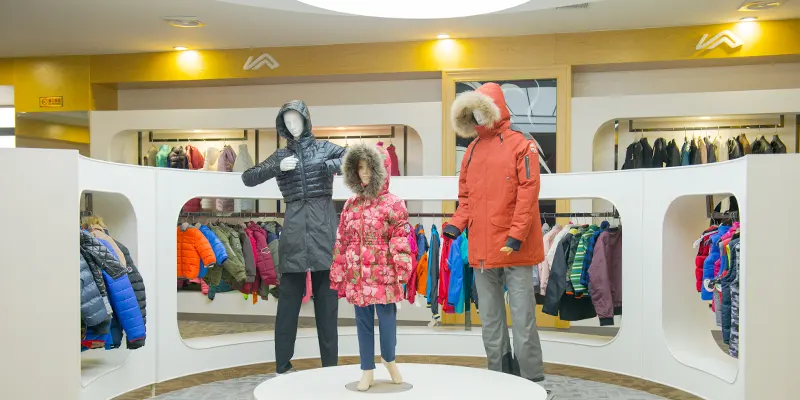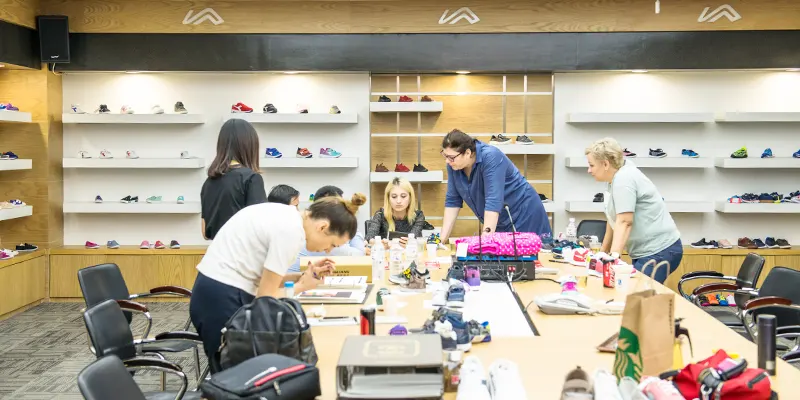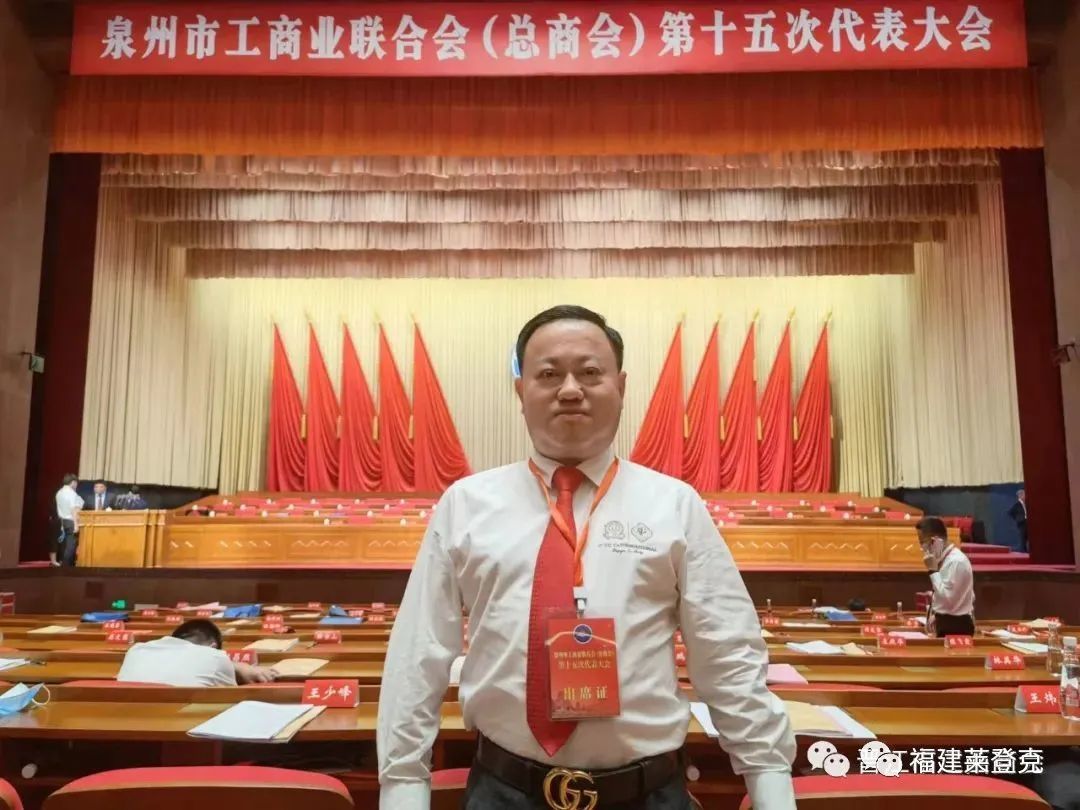Understanding the Children's Socks Pricelist: A Comprehensive Guide for Industry Professionals
Time:
14 Feb,2025
When it comes to establishing a children's socks pricelist, several critical elements must be taken into account. First and foremost, production costs play a significant role in determining the final price. This includes raw materials, manufacturing processes, labor, and logistics. For children's socks, materials such as cotton, wool, and synthetic fibers are commonly used. Each material has its own cost implications, durability, and comfort features, which can affect the overall pricing structure.
Another important consideration is the design and functionality of the socks. Children's socks may come in various styles, including ankle, crew, and knee-high options, each catering to different preferences and age groups. Additionally, features such as non-slip grips, moisture-wicking capabilities, and antimicrobial treatments can add to the production costs, thereby influencing the pricelist.
Market demand and consumer trends also significantly impact the pricing of children's socks. It’s vital for industry professionals to stay informed about popular designs, colors, and themes that resonate with parents and children alike. Seasonal trends often dictate the necessity for specific styles, which can lead to fluctuations in pricing. For example, holiday-themed socks may command a premium price during certain times of the year due to heightened demand.
Furthermore, understanding your target market is crucial. Different demographics may have varying willingness to pay for children's socks based on quality, brand reputation, and unique selling propositions. Conducting thorough market research can assist in setting competitive prices that align with consumer expectations while also ensuring profitability.
Additionally, distribution channels can impact the pricing strategy. Selling directly to consumers through e-commerce platforms may allow for more flexible pricing compared to wholesale distributions, where prices may need to account for retailer margins. Therefore, industry professionals must strategically analyze their distribution methods to optimize their children's socks pricelist.
In conclusion, crafting a children's socks pricelist requires a holistic understanding of various factors, including production costs, design features, market demand, and distribution strategies. By paying attention to these elements, professionals in the children's apparel sector can create a pricing strategy that not only appeals to consumers but also supports the overall business objectives. Keeping abreast of industry trends and consumer preferences is vital for ensuring that the pricing remains competitive and relevant in an ever-evolving market. Understanding these dynamics will ultimately contribute to better sales performance and customer satisfaction in the children's socks segment.
Another important consideration is the design and functionality of the socks. Children's socks may come in various styles, including ankle, crew, and knee-high options, each catering to different preferences and age groups. Additionally, features such as non-slip grips, moisture-wicking capabilities, and antimicrobial treatments can add to the production costs, thereby influencing the pricelist.
Market demand and consumer trends also significantly impact the pricing of children's socks. It’s vital for industry professionals to stay informed about popular designs, colors, and themes that resonate with parents and children alike. Seasonal trends often dictate the necessity for specific styles, which can lead to fluctuations in pricing. For example, holiday-themed socks may command a premium price during certain times of the year due to heightened demand.
Furthermore, understanding your target market is crucial. Different demographics may have varying willingness to pay for children's socks based on quality, brand reputation, and unique selling propositions. Conducting thorough market research can assist in setting competitive prices that align with consumer expectations while also ensuring profitability.
Additionally, distribution channels can impact the pricing strategy. Selling directly to consumers through e-commerce platforms may allow for more flexible pricing compared to wholesale distributions, where prices may need to account for retailer margins. Therefore, industry professionals must strategically analyze their distribution methods to optimize their children's socks pricelist.
In conclusion, crafting a children's socks pricelist requires a holistic understanding of various factors, including production costs, design features, market demand, and distribution strategies. By paying attention to these elements, professionals in the children's apparel sector can create a pricing strategy that not only appeals to consumers but also supports the overall business objectives. Keeping abreast of industry trends and consumer preferences is vital for ensuring that the pricing remains competitive and relevant in an ever-evolving market. Understanding these dynamics will ultimately contribute to better sales performance and customer satisfaction in the children's socks segment.
Share to









